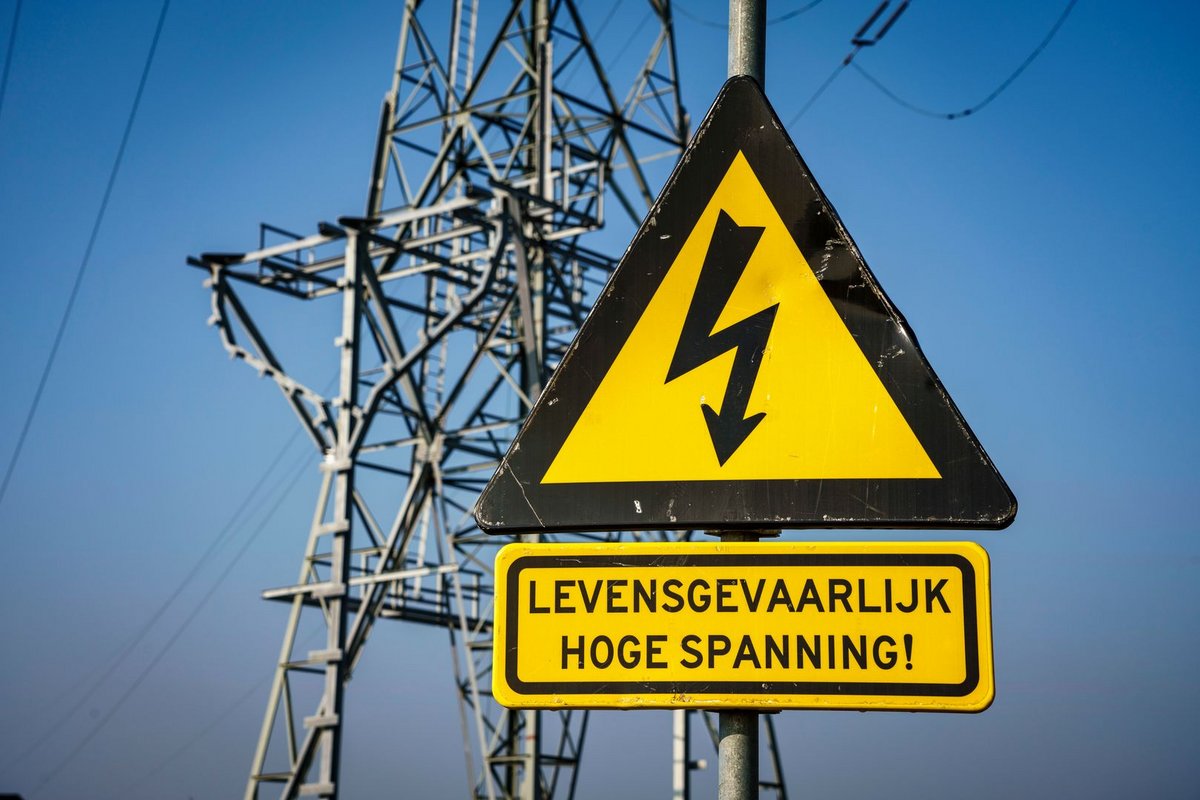Roadmap of Innovating with AI for Distribution Grids
Published:
Full house at the Innovative Smart Grid Technologies (ISGT) Europe panel session on “Roadmap of Innovating with AI for Distribution Grids”, with good reason as this discussion was worth visiting!
We are entering the next phase of innovating with AI, where AI-based tools may be deployed for the first time in distribution systems in scale, and their use cases are numerous. Together with Daniel Donaldson, P.E., Federica Bellizio, Pedro P. Vergara, Werner van Westering, I discussed the below roadmap of innovating with AI at the ISGT Europe, to speed up this phase, as the energy transition “calls” us to do so.

Image created by OpenAI’s DALL·E (prompt: “Can you create an image showing “AI for distribution grids”?”)
In the beautiful Grenoble, we enjoyed and appreciated the friendly French hospitality with inspiring technical sessions put together by Vincent Debusschere and his team. Among these sessions, our panel on the AI innovation roadmap, it’s my pleasure to introduce the speakers.
Who are these innovators who inspired us? Federica Bellizio works as a Postdoctoral researcher at the Swiss Federal Laboratories for Materials Science and Technology, Switzerland, she talks about “AI-assisted flexibility provision in distribution grids: building and e-mobility”. Pedro P. Vergara works as an Assistant Professor at Delft University of Technology, Netherlands presented on “Enhancing Distribution Networks Planning using AI” Daniel Donaldson, P.E. works as an Assistant Professor at the University of Birmingham, United Kingdom and talks about “AI-Based Outage Prediction for Distribution Network Operators”. Werner van Westering works as Principal Researcher at Alliander, Netherlands and he speaks on “Integrating AI Research into the DSO”. My name is Jochen Cremer, moderator of this panel. I work as an Assistant Professor at the Delft University of Technology and as a Principal Scientist at the Austrian Institute of Technology. Welcome to the discussion!
Moving from basic principles to practical use: data generation to consider multiple energy scenarios Pedro P. Vergara presented a use case of sampling a large number of scenarios (with copula models and probabilistic power flow) so that distribution grids can be planned for multiple possible future energy scenarios. Then, this method can assess the risks associated with the expansion plans of the grid. It remains a challenge to visualise the large number of scenarios.
From successful principles to concepts: focus on feature engineering Daniel Donaldson, P.E. presented how collaboration with domain experts and understanding of features is essential to innovating with AI. Co-creating these features with his partner ENWL led to further insight into distribution system outage prediction. He mentioned how many Distribution Network operators including UK Power Networks are making network data openly available online, and encouraged researchers to solve challenges using real industry data.
Jochen: “Pedro, could your methods also be used on a dataset that Daniel mentioned, e.g. on UK Power Network’s dataset to resolve issues with the data resolution, if there were any?”
Pedro: “Yes, of course, Copula models and, more generally, Generative AI will play an essential role in power system planning. With generative AI models, scenarios with low probability (and thus low sampling frequency) can be modelled and sampled, helping us to prepare the electricity infrastructure in case such scenarios are realised. “
Developing systems and applications Federica Bellizio presented one use case on development systems, e.g. how to quantify flexibility of e-mobility on grid-level, and two use cases on developing applications, e.g. on dispatching this flexibility through smart charging of electric vehicles with Photovoltaic and Battery Energy storage onsite and enabling technologies for flexibility signal tracking through space heating systems. She then showed how these algorithms were tested on an actual site located in Dübendorf (Switzerland), focusing on validating the technical constraints in the system, where verification is a typical drawback of AI.
Jochen: “Federica, how do you interact with software engineers? In these interactions, which challenges do you face when it comes to innovating with AI?”
Federica: “Software engineering skills are crucial to developing AI-based black box models that can be directly plug-in into industry partners’ platforms via API calls, avoiding IP sharing concerns and facilitating the model applicability. However, such models are generally designed for specific users and generally lack generalisation abilities. For each new user, the models need to be properly adapted and this is a time-consuming process.”
How can collaboration “pay off” fast? Jochen: “Werner, in these developments, where does it work and where does it not work when working with academics?”
Werner: “The main principle of making collaboration pay off fast is to connect the academic researcher to the business team from the very start and keep them connected on a weekly basis. This way the academic will share knowledge from the start and produce more relevant research for the company.”
 Figure from Publication
Figure from Publication
Then, Werner van Westering shared a new type of working on applied research questions directly bridging academia and industry. In a new type, Alliander in the AI for Energy Grids Lab directly works with academics at TU Delft, Radboud University, University of Twente, and HAN University of Applied Sciences. There, the research becomes relevant, can be quickly implemented, and research pays off after a few months. However, this work model requires more supervision time, and may not be suited for all.
Jochen: “Daniel, where does it work with the industry and where it is difficult?”
Daniel: “As Werner mentioned, regular interaction is key and collaboration with industry can be extremely beneficial. This interaction should start at the outset of a project, to co-create the aim and objectives, rather than coming up with a solution to an assumed problem. However, researchers must balance the pursuit of new knowledge alongside the implementation of methods to solve current problems.”
Let’s collaborate to shape the future of intelligent energy systems guided by this proposed roadmap for a decarbonized and resilient energy future. Thanks for attending (reading)! See you next time! #ISGTEurope #AI #energyfuture #collaboration

This blog was a summary of the ISGT Europe 2023 panel session.

 (Photo: Tennet)
(Photo: Tennet)